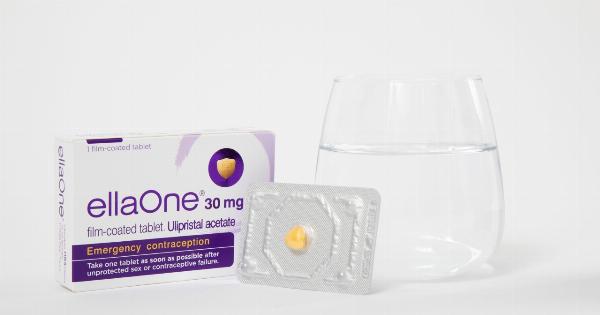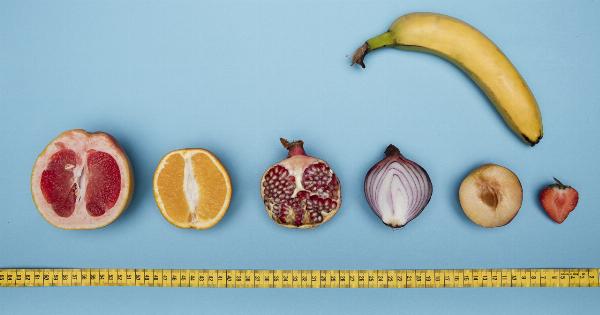The desire to choose the gender of a child is an age-old tradition. Parents want to have a perfect balance of male and female babies in their families. However, for a long time, there weren’t any scientific methods to influence the sex of the baby.
But today, we have revolutionary methods that can help you choose the gender of your child.
The Theory Behind Gender Selection
The sex of the baby is determined by the chromosomes it gets from its parents. Females have two X chromosomes, and males have one X and one Y chromosome. If the sperm carrying an X chromosome fertilizes the egg, the baby will be female.
If the sperm carrying a Y chromosome fertilizes the egg, the baby will be male.
There’s a 50-50 chance of getting a male or a female child naturally. However, there are ways to enhance the chances of conceiving the desired sex of the baby.
The Revolutionary Method for Choosing the Gender of Your Child
The latest scientific technique for choosing the gender of your child is called PRE-IMPLANTATION GENETIC DIAGNOSIS (PGD). This method enables parents to select the gender of their child before it’s even implanted into the womb.
PGD is a laboratory procedure that takes place after In Vitro Fertilization (IVF). IVF is a process in which the female’s eggs are fertilized with the male’s sperm outside the womb and then placed in the mother’s uterus for implantation.
PGD detects the sex of the embryo before its implantation. This genetic diagnosis technique is known as pre-implantation genetic diagnosis or PIGD.
Using the PGD technique, embryos of only the desired sex are implanted in the mother’s uterus, increasing the chances of having a baby of the desired gender incredibly.
How PGD Works
The PGD procedure involves taking a sample of cells from the embryo and analyzing it for the presence of the desired chromosome. With PGD, you can detect genetic diseases and chromosomal abnormalities in the embryo as well.
The procedure is performed within five days after fertilization for best results.
The PGD procedure involves these steps:.
- Stimulating ovaries to produce multiple eggs
- Collecting eggs surgically from ovaries
- Fertilizing the eggs with sperm in a lab
- Culturing embryos in a dish for five days
- Removing one or two cells from embryo for PGD analysis
- Analyzing DNA to determine sex and detect any abnormalities
- Transferring the embryos of the desired sex to the mother’s uterus for implantation
Benefits of PGD
The most significant benefit of PGD is that it enables parents to select the gender of their child before its conception. With PGD, parents need not rely on chance to conceive the desired gender of the baby.
Additional benefits of the PGD procedure include identifying abnormalities and genetic diseases in the embryo, reducing the risk of miscarriage and ensuring that only healthy and viable embryos are implanted in the mother’s uterus.
Side Effects of PGD
Like any other medical treatment, there are some potential side effects of PGD:.
- IVF medication risks
- Risks associated with egg retrieval procedure
- PGD sample risks
- Emotional risks
Costs of PGD
PGD is a relatively expensive treatment. In the United States, the average cost of IVF with PGD is around $20,000, which is much more than traditional IVF.
The cost may vary depending on the geographic location, the clinic, and the specific procedures required.
Traditional Methods for Choosing the Gender of Your Baby
While PGD is a revolutionary and effective method for selecting the gender of your child, there are several traditional methods for selecting the gender of your baby:.
- Timing of Conception: Timing of conception is one of the most popular traditional methods for choosing the gender of your baby. Based on the menstrual cycle of the female, you can predict the best time for conception. For a male child, conception should be closer to ovulation. For a female child, conception should be done a few days before or after ovulation.
- Sexual Positions: The sexual positions of couples can influence the sex of the baby. Certain positions such as the missionary position are ideal for conceiving a male child while other positions such as the woman on top position are best for conceiving a female child.
- Diet: Some parents believe that certain diets can influence the gender of their child. A diet with a high intake of salt, potassium, and caffeine is recommended for having a boy. A diet with a high intake of magnesium and calcium is recommended for having a girl.
- Cervical Mucus: The female’s cervical mucus can determine the gender of the baby. Thin and clear mucus indicates a male child, while thick and white mucus indicates a female child.
Conclusion
Choosing the gender of your child has been a desire of parents for centuries. PGD is a revolutionary method that makes it possible for parents to select the gender of their child before conception.
While it’s expensive and has some potential risks, the benefits of PGD far outweigh the risks. Traditional methods for choosing the gender of your baby are also available, but they don’t guarantee the sex of the baby. If you want to choose the gender of your child with precision and accuracy, PGD is the best way forward.




























